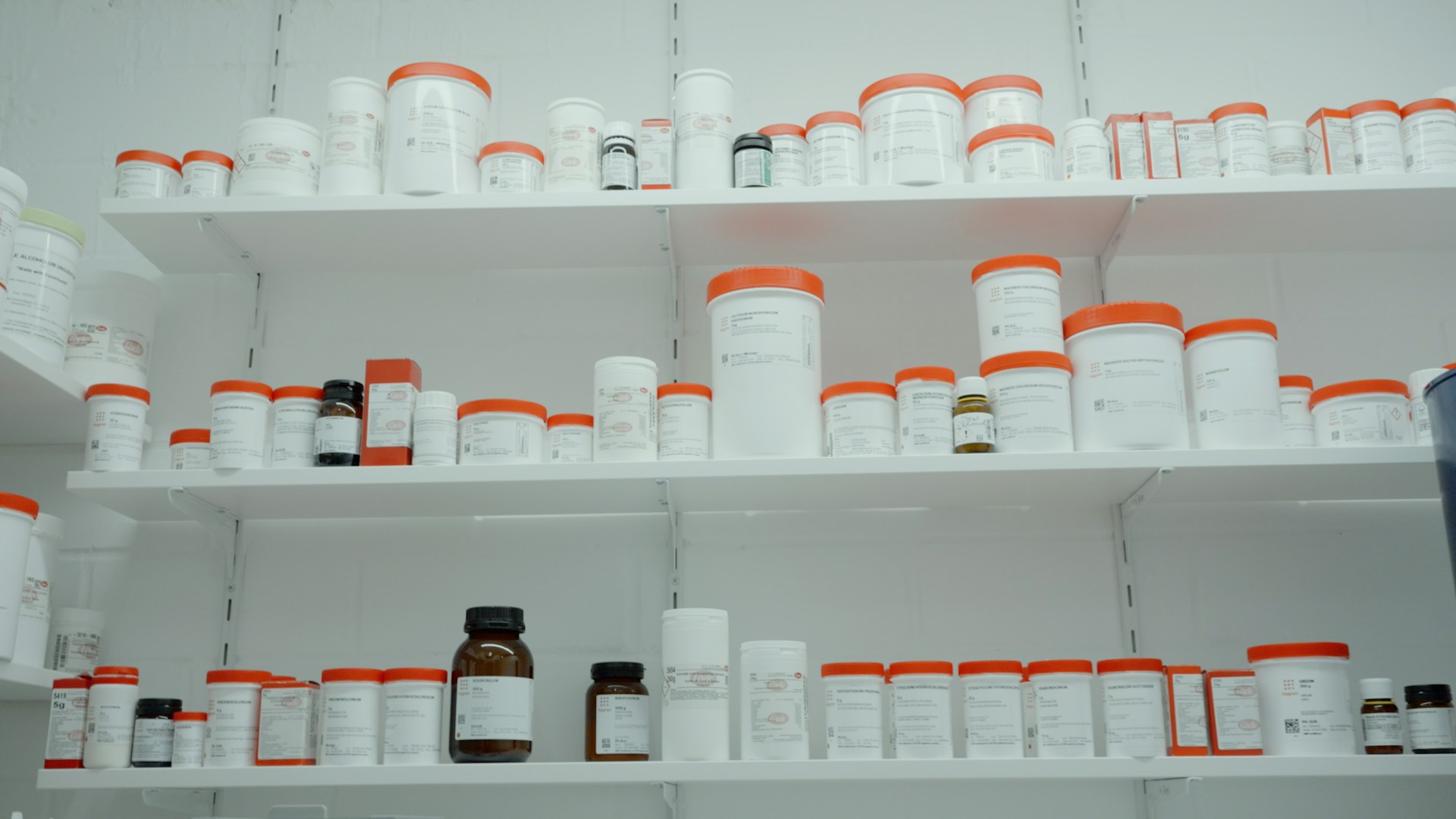
The Impact of Digital Therapeutics on Medicine
April 15, 2025 - Emily Newton
Revolutionized is reader-supported. When you buy through links on our site, we may earn an affiliate commission. Learn more here.
As technology improves, so do advancements in digital therapeutics. This category of health interventions uses evidence-based approaches and software or apps to treat, manage or prevent diseases and conditions. Many of these innovations work on smartphones, which many people keep at arm’s reach throughout the day. That accessibility could help them monitor their health using devices they already have. How else do improvements in digital therapeutics assist patients, providers and public health professionals?
Providing Real-Time Mental Health Support
Even once people realize they need to seek help for their mental health concerns, it is not always easily or immediately available. Someone may find that the next in-person appointment in their area is not for several months. They may face delays while trying to find providers within their insurance networks. Some people also live in places that require traveling significant distances to access this care. These challenges have caused people interested in digital therapeutics to address these issues.
One recent effort involved developing a chatbot called Therabot that people could use to access support associated with major depressive disorder, generalized anxiety disorder or an eating disorder. The results of a trial showed that patients with depression reported a 51% reduction in symptoms, including clinically significant improvements in overall well-being and mood. Additionally, symptoms were 31% less pronounced for those with generalized anxiety disorder, with some experiencing substantial enough changes to become categorized differently, such as experiencing mild anxiety rather than moderate.
Patients with eating disorders had 19% fewer concerns about their body image or weight after using Therabot. That is notable since the condition is traditionally challenging to treat.
Although the researchers said therapy powered by artificial intelligence is in critical need of human oversight, they acknowledged how applications such as this one could assist people who need real-time support or lack regular access to mental health care professionals. Additionally, they remarked that the results seen here were similar to those experienced by individuals receiving traditional outpatient therapy.
This example shows how digital therapeutics can bring valuable, symptom-reducing interventions to those who need them. Accessing them directly from smartphones also minimizes potential barriers to care.
Enabling Public Health Improvements
Health wearables such as fitness trackers have become immensely popular. However, that widespread adoption also creates potential security risks. In one case, a data breach impacted more than 1 million users of a wearable defibrillator device. However, that risk relates to all Internet of Things devices and is not exclusive to health wearables. People must always weigh the benefits and costs before deciding to use technology.
Health wearables are an increasingly accessible type of digital therapeutics, particularly when medical professionals recommend people use accessories such as fitness trackers to stay motivated when beginning a new exercise routine. However, a 2024 study examined the impacts of numerous electronic and mobile-related health interventions on those who try them. Even if people can download these options in a minute, the positive effects could last a lifetime.
The extensive research involved synthesizing data from more than 206,000 people who participated in 47 studies. Some results showed digital health products encourage people to walk more each day and increase their weekly physical activity — including participating in moderate-to-vigorous options.
Outcomes also revealed that people lowered their caloric intake and ate more fruits and vegetables while reducing their consumption of saturated fats. Relatedly, some people lost weight over 12 weeks. Health apps helped people sleep better, too, with participants reporting quality improvements and fewer incidents of insomnia.
These takeaways are undoubtedly interesting to public health professionals and others interested in helping people make lasting positive lifestyle changes. Those parties should investigate how to help individuals fit health apps into their lives and make them enjoyable. Those benefits could allow digital therapeutics to bring enduring improvements to those who want to live better and experience how creating new habits may be more manageable than expected.
Improving Blood Pressure Monitoring
More than a billion people have high blood pressure, and only 1 in 5 adults have controlled the condition. Additionally, about 46% are unaware they have the condition. That’s because high blood pressure does not cause symptoms in most people until it gets dangerously elevated.
Many only get their blood pressure checked at their annual physicals or if they happen to visit a community health event, pharmacy or other places where getting blood pressure checks is fast and easy. Fortunately, home blood pressure monitors are affordable, accurate and user-friendly. However, people probably won’t buy them unless they know there’s a need. Plus, those products may be out of the budget for some, including those living in low to middle-income countries.
Forward-thinking parties are applying digital therapeutics to this issue while working with technologies already built into most smartphones. One group built an app for Android smartphones that relies on their accelerometers, front-facing cameras and touch sensors to measure the force of a user’s pulse pressure.
The measurement happens when the person raises their hand while holding their phone. Although pulse pressure is not a typical measurement used for cardiovascular disease monitoring, this study showed it could be a significant metric for detecting high blood pressure. More specifically, it indicates the difference between a person’s upper and lower numbers in their reading.
The researchers said this advancement in digital therapeutics could assist those who lack easy access to conventional monitoring tools. Also, since checks are as easy as reaching for their phones, they could do them regularly to detect changes over time.
Tracking Factors to Improve Migraine Predictions
Although doctors often underdiagnose and undertreat migraine headaches, they can be life-altering for those suffering from them. Interventions are also tricky because treating these headaches early enough for maximum effectiveness is often challenging. However, digital therapeutics could help people determine when migraine headaches will happen, giving them more time to seek treatment or take steps to reduce the effects when they hit.
Researchers examined how mobile apps that track sleep quality, emotions, stress and energy levels could predict people’s likelihood of having migraines. The app showed that perceived poor sleep quality for two nights in a row increased the chances of having a migraine the next morning. The same was true for people with less energy on a given day, with headaches likely to occur the next morning.
Interestingly, some of the results were less clear-cut than people might think. For example, decreased energy levels increased the chances of someone having a migraine the next morning but not during the afternoon or evening. However, increased stress levels or above-average energy levels during the previous day made someone more likely to have migraines in the latter portion of the next day.
Some things surprised the researchers, too. For example, worsening anxiety or depression symptoms did not increase someone’s migraine likelihood. Additionally, they found a link between migraines and reduced self-assessed sleep quality rather than measured reductions in aspects of someone’s slumber patterns.
Since this user-friendly study only required people to answer a few questions in a mobile app and wear sleep trackers, it gave researchers an accessible way to pinpoint things that may not be as obvious during doctor’s appointments.
A Bright Future for Digital Therapeutics
These examples show how people can benefit from digital therapeutics in numerous ways. Since many possibilities make participation easy for patients, medical professionals may unlock previously hidden insights that allow them to improve treatments, prevent symptoms from worsening and enhance monitoring measures.
Revolutionized is reader-supported. When you buy through links on our site, we may earn an affiliate commission. Learn more here.
Author
Emily Newton
Emily Newton is a technology and industrial journalist and the Editor in Chief of Revolutionized. She manages the sites publishing schedule, SEO optimization and content strategy. Emily enjoys writing and researching articles about how technology is changing every industry. When she isn't working, Emily enjoys playing video games or curling up with a good book.







